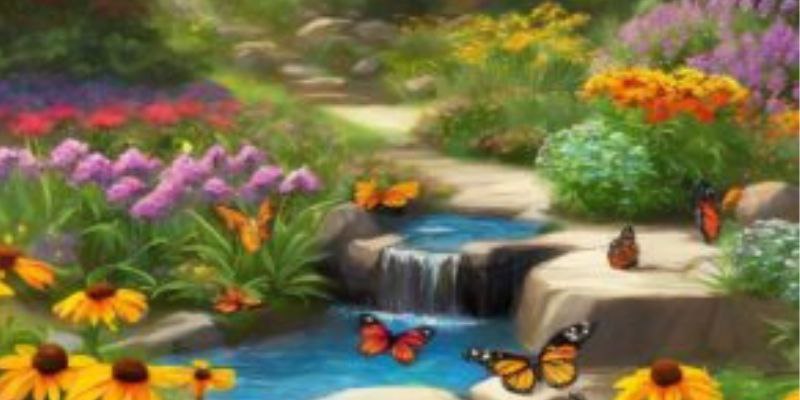Creating a butterfly garden is a wonderful way to enhance your outdoor space while supporting local ecosystems. Butterflies are not only beautiful to observe, but they also play a vital role as pollinators in our gardens. By planting the right flowers, you can attract these vibrant creatures and encourage biodiversity. This article outlines essential tips for designing a butterfly garden, ensuring compliance with Google AdSense guidelines.
Choose the Right Flowers
Selecting the appropriate flowers is crucial for attracting butterflies. Opt for native plants, as they are more likely to thrive in your local environment and attract local butterfly species. Some popular choices include:
- Milkweed: Essential for monarch butterflies, milkweed provides food for caterpillars and nectar for adult butterflies.
- Coneflower: This hardy perennial offers vibrant blooms and attracts various butterfly species.
- Black-eyed Susan: Known for its bright yellow petals, this flower is a favorite among many pollinators.
- Lantana: With its colorful clusters of flowers, lantana is highly attractive to butterflies and other pollinators.
Create a Diverse Planting Scheme
To attract a variety of butterfly species, plant a diverse selection of flowers that bloom at different times throughout the growing season. This ensures a continuous supply of nectar from spring through fall. Aim for a mix of colors, shapes, and sizes to create an inviting environment.
Provide Host Plants
In addition to nectar sources, include host plants where butterflies can lay their eggs and caterpillars can feed. Each butterfly species has specific host plants. For instance, parsley and dill attract swallowtail butterflies, while aster and goldenrod are popular among various species.
Design for Sunlight
Butterflies are cold-blooded insects that rely on sunlight to warm their bodies. Choose a sunny location for your butterfly garden, with at least six hours of direct sunlight per day. Incorporate some sheltered spots where butterflies can rest and escape from wind.
Provide Water Sources
Butterflies need water for hydration, so consider adding shallow water sources, such as birdbaths or small dishes filled with pebbles. Ensure that the water is shallow enough for butterflies to land safely without drowning.
Avoid Pesticides
To create a safe and inviting environment for butterflies, refrain from using pesticides and herbicides. These chemicals can harm not only butterflies but also other beneficial insects. Instead, adopt organic gardening practices to maintain a healthy garden ecosystem.
Create a Natural Habitat
Incorporate elements like rocks, logs, and native grasses to create a more natural habitat. These features provide resting spots and shelter for butterflies and other wildlife, enhancing your garden’s biodiversity.
Conclusion
A butterfly garden is a beautiful and rewarding project that supports pollinators and enhances your outdoor space. By choosing the right flowers, creating a diverse planting scheme, providing host plants, ensuring sunlight and water sources, avoiding pesticides, and fostering a natural habitat, you can attract butterflies and other pollinators to your garden. Embrace these practices to create a vibrant ecosystem that benefits both wildlife and your gardening efforts.
